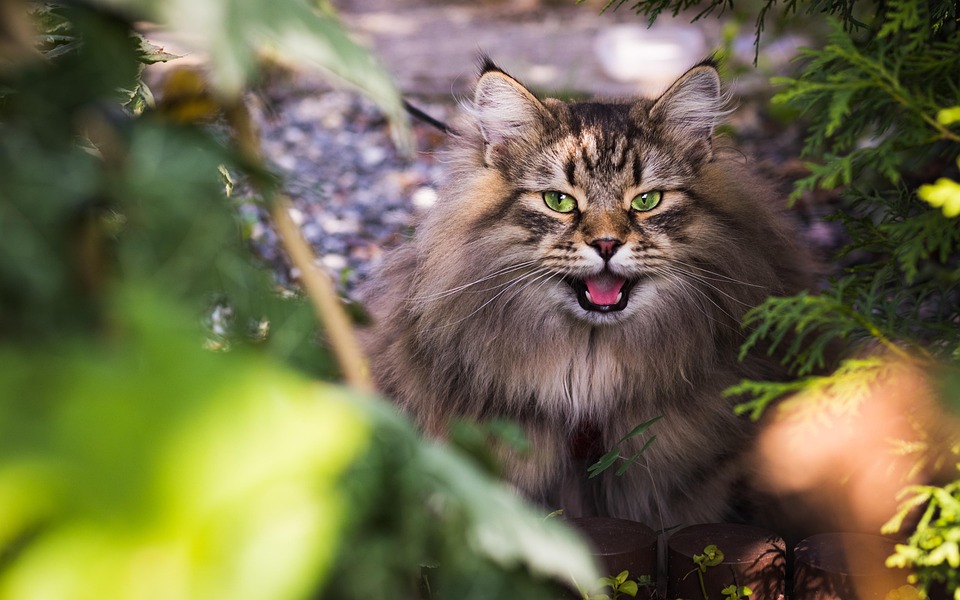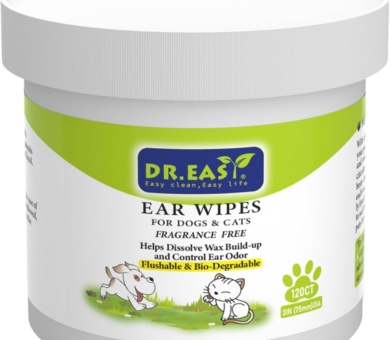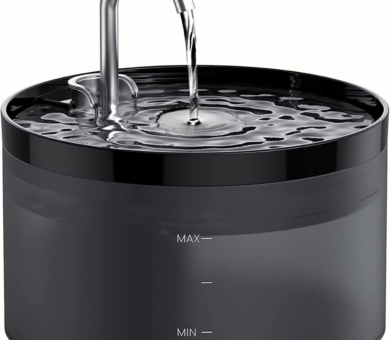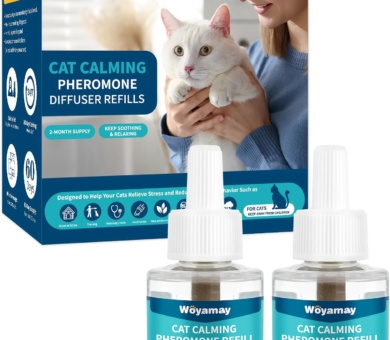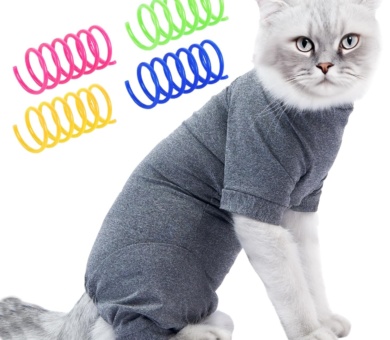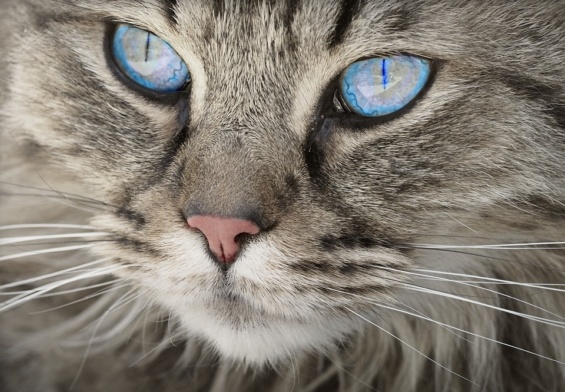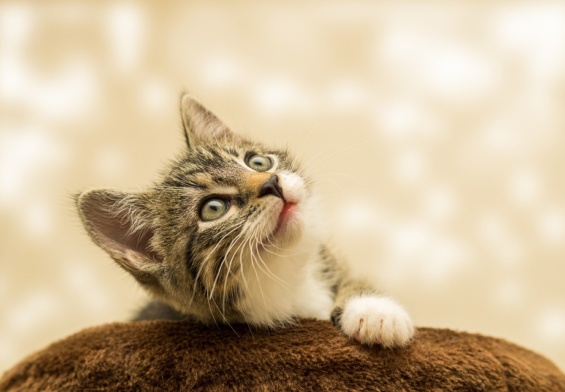Demystifying Cat Supplements: A 2025 Guide for Optimal Feline Health
Cutting through the clutter to prioritize your cat’s well-being.
Introduction: Navigating the Supplement Maze
The pet supplement industry has exploded, with global sales projected to exceed $10 billion by 2025. For cat owners, this growth has created a paradox of choice: endless products promising shiny coats, boundless energy, and longevity, but little clarity on what’s truly necessary. This guide untangles fact from fiction, empowering you to make confident decisions for your feline companion.
1. Feline Nutrition 101: What Cats Really Need
Cats are obligate carnivores, requiring high-protein diets rich in taurine, arachidonic acid, and vitamin A. Most commercial cat foods formulated to AAFCO standards already meet these needs. Key takeaway: A balanced diet is the foundation—supplements should complement, not replace, quality nutrition.
2. When Supplements Are Necessary
While many cats thrive on diet alone, certain scenarios warrant supplements:
- Senior cats (7+ years): Joint support (glucosamine, chondroitin) for arthritis.
- Health conditions: Omega-3s for kidney disease, probiotics for digestive issues.
- Homemade diets: Often lack essential nutrients; require vet-formulated additives.
- Stress or recovery: Adaptogens like L-theanine post-surgery or during transitions.
Always consult your vet before starting supplements—they can identify deficiencies via bloodwork.
3. Breaking Down Supplement Types
| Type | Purpose | Evidence |
|---|---|---|
| Probiotics | Gut health, diarrhea management | Strong for specific strains like Bifidobacterium |
| Omega-3s | Anti-inflammatory, skin/coat health | EPA/DHA from fish oil are gold standard |
| Joint Support | Cartilage repair, mobility | Moderate; works best paired with weight management |
| Multivitamins | Fill dietary gaps | Rarely needed unless diet is unbalanced |
| Herbal | Calming (e.g., chamomile) | Anecdotal; prioritize vet-approved options |
4. Risks: The Dark Side of Over-Supplementation
- Fat-soluble vitamins (A, D, E, K): Can accumulate to toxic levels.
- Interactions: Calcium blocking iron absorption, excess zinc causing copper deficiency.
- “Natural” ≠ Safe: E.g., garlic, often marketed for immunity, is toxic to cats.
Less is more. Follow dosage guidelines rigorously.
5. Choosing Quality: A 2025 Buyer’s Checklist
- Third-party tested: Look for NSF, USP, or NASC seals.
- Transparent labels: Avoid vague terms like “proprietary blend.”
- Species-specific: Cat-sized doses matter (no dog supplements!).
- Vet-recommended: Brands like Rx Vitamins or VetriScience lead in research-backed formulas.
Red flags: Miracle claims, artificial additives, social media hype without science.
6. Diet First: When Food Trumps Supplements
- Opt for high-protein, minimally processed foods (wet > dry for hydration).
- Check labels for AAFCO statements ensuring completeness.
- Rotational feeding? Discuss with your vet to prevent nutrient gaps.
7. The Future of Feline Supplements (2025 Trends)
- Personalized nutrition: DNA tests tailoring supplements to genetic needs.
- Sustainable sourcing: Algae-based omega-3s over fish oil.
- CBD alternatives: New hemp-derived cannabinoids targeting anxiety without regulatory gray areas.
Conclusion: Empowerment Through Clarity
Your cat’s health isn’t a guessing game. By prioritizing diet, partnering with your vet, and selecting supplements with discernment, you can cut through the noise. Remember: optimal health is holistic, not a pill-packed regimen.
Final Tip: Bookmark this guide, and always ask, “Does my cat truly need this?” before adding to their routine.
Got questions? Share them below—let’s keep the conversation science-backed and cat-focused! 🐾
Disclaimer: This article is informational only. Always consult a licensed veterinarian before making changes to your cat’s health plan.
By blending timeless principles with 2025 innovations, this guide equips cat owners to navigate the supplement landscape with confidence and care.



